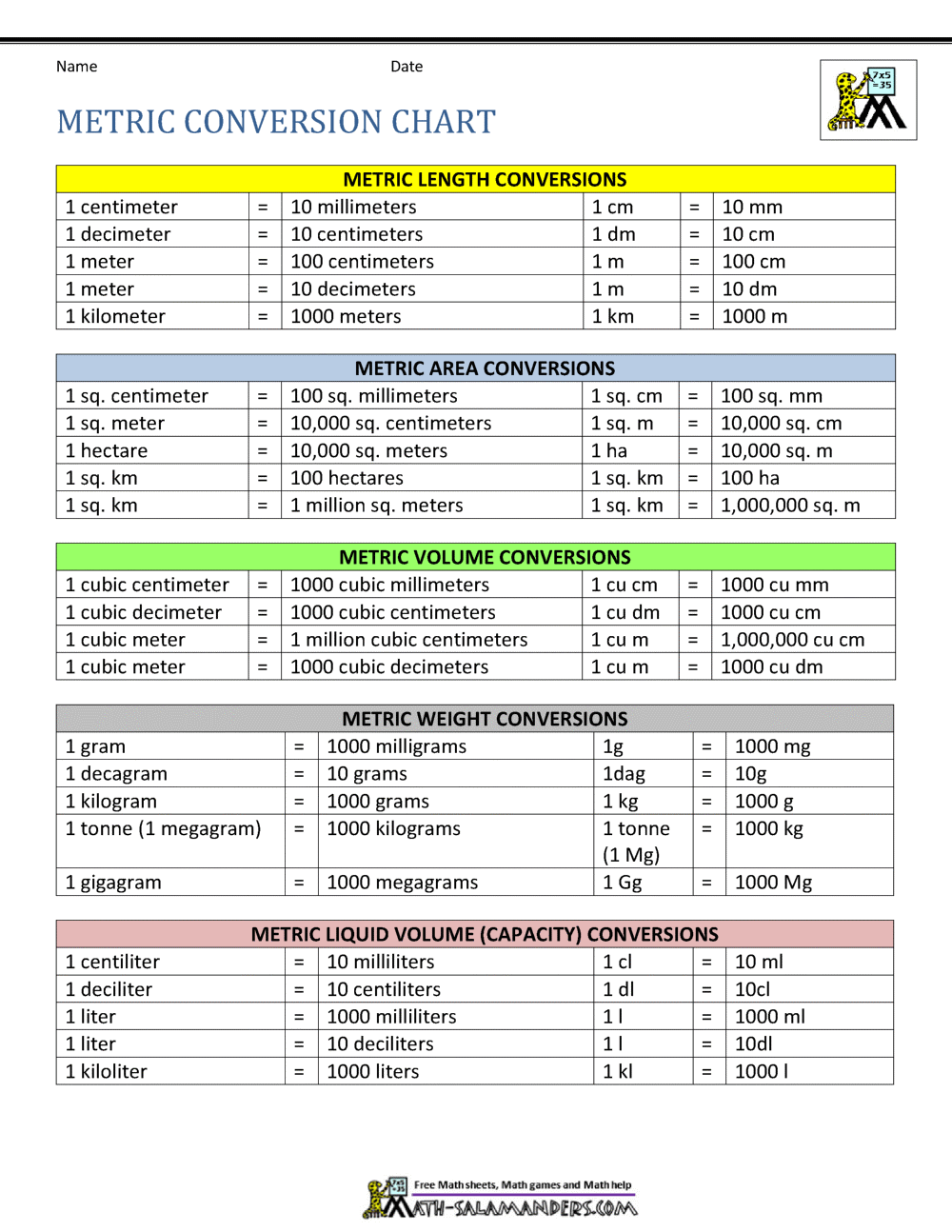From Cups to Cubic Centimeters: Navigating the World of Metric Conversions
Have you ever found yourself staring blankly at a recipe, completely perplexed by the mention of "grams" and "milliliters?" Or maybe you were tackling a DIY project, only to be stumped by the need to convert ounces to liters. We've all been there! The world of measurements can feel like a confusing maze, especially when switching between the metric and imperial systems.
But fear not, because understanding metric conversions doesn't have to be a headache. Whether you're a seasoned baker, a passionate DIY enthusiast, or simply someone who wants to decode those mysterious units, a little guidance can go a long way. Let's unravel the mysteries of metric conversion, focusing on volume and weight – two of the most common measurements we encounter in our everyday lives.
Imagine this: you're whipping up a batch of your favorite cookies, but the recipe calls for 250 grams of butter. You glance at your measuring cups, puzzled. How much butter is that exactly? This is where metric conversions come into play! They provide the key to effortlessly translating between different units, ensuring your culinary creations turn out just right.
But it's not just about baking. Metric conversions are essential in countless scenarios. Picture yourself planning a road trip abroad. You're trying to figure out how many liters of fuel your car needs, but the gas station displays prices per gallon. Or perhaps you're purchasing crafting supplies online and need to determine if that 500-gram bag of beads is enough for your project.
Mastering metric conversions empowers you to navigate these situations with confidence. It's about bridging the gap between different systems of measurement, making information clear and accessible. So, let's dive into the world of liters, milliliters, grams, and kilograms, and demystify the process of converting between them.
While we often use "weight" in casual conversation, in the scientific world, we're actually talking about "mass." Weight is the force of gravity on an object, while mass is the amount of matter it contains. But for everyday purposes, we'll stick with "weight" as it's more commonly understood.
Now, let's explore some helpful resources that can make your metric conversion journey a breeze. Online calculators designed for this purpose are widely available and incredibly user-friendly. Simply input the value you want to convert, select the original unit and the desired unit, and voilà – the calculator does the work for you in an instant!
Beyond online tools, numerous mobile apps cater to metric conversions. These apps can be handy companions in the kitchen, workshop, or on the go. Many offer additional features, such as saving frequently used conversions or providing offline access, making them even more convenient.
Remember, practice makes perfect! The more you engage with metric conversions, the more intuitive they'll become. So, don't hesitate to experiment in the kitchen, tackle DIY projects, and embrace those real-world scenarios where conversions are necessary. With a little effort and the right tools at your disposal, you'll be a metric conversion pro in no time!
Hack your hitch trailer hitch installation secrets revealed
Red hot rides decoding the allure of red car paint
Free gif pfp discord a subtle art of digital expression













